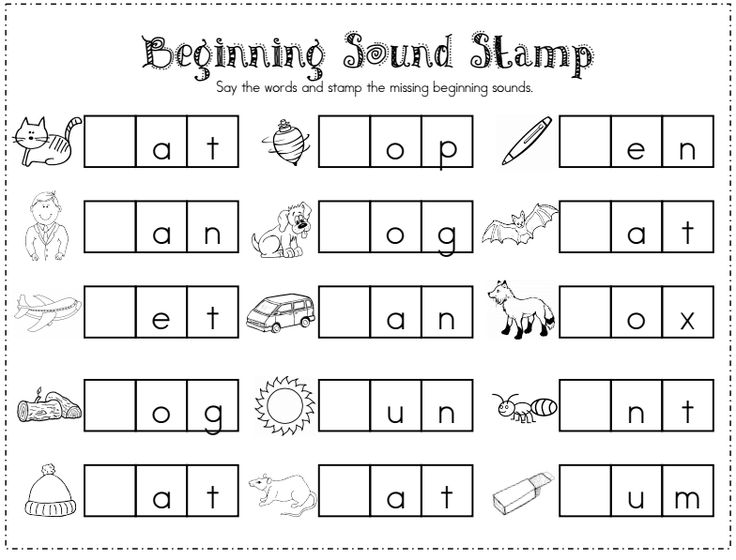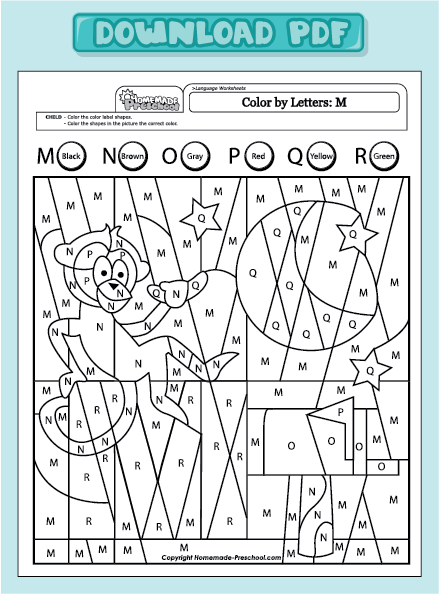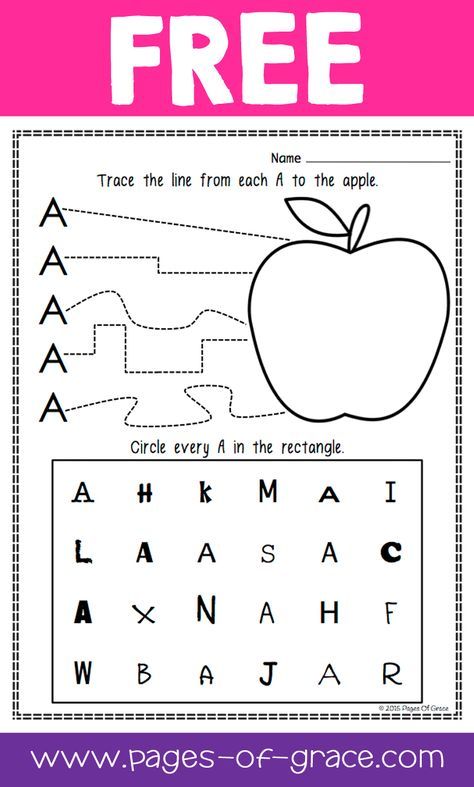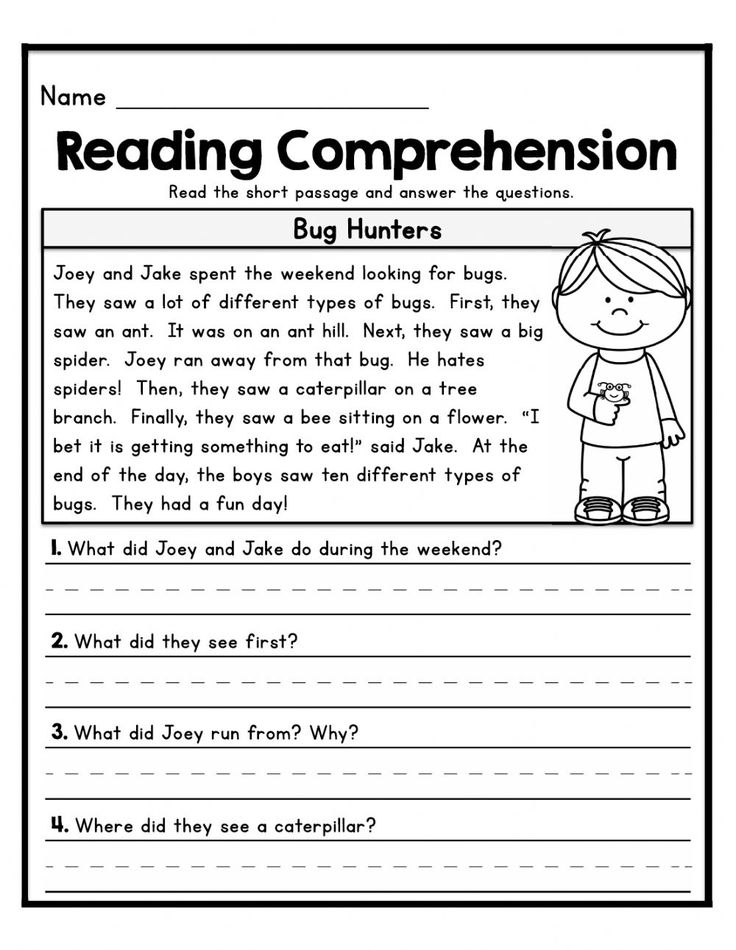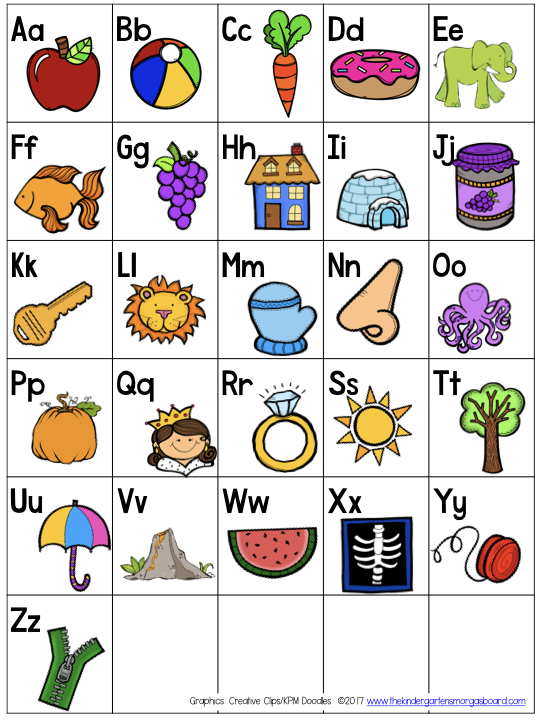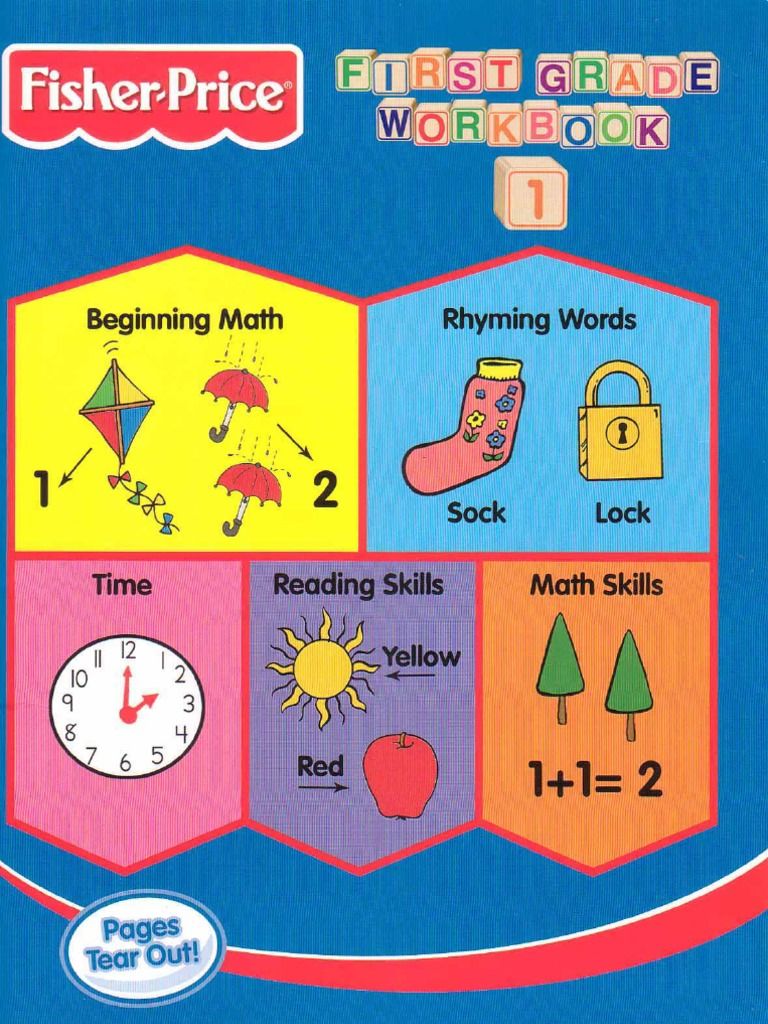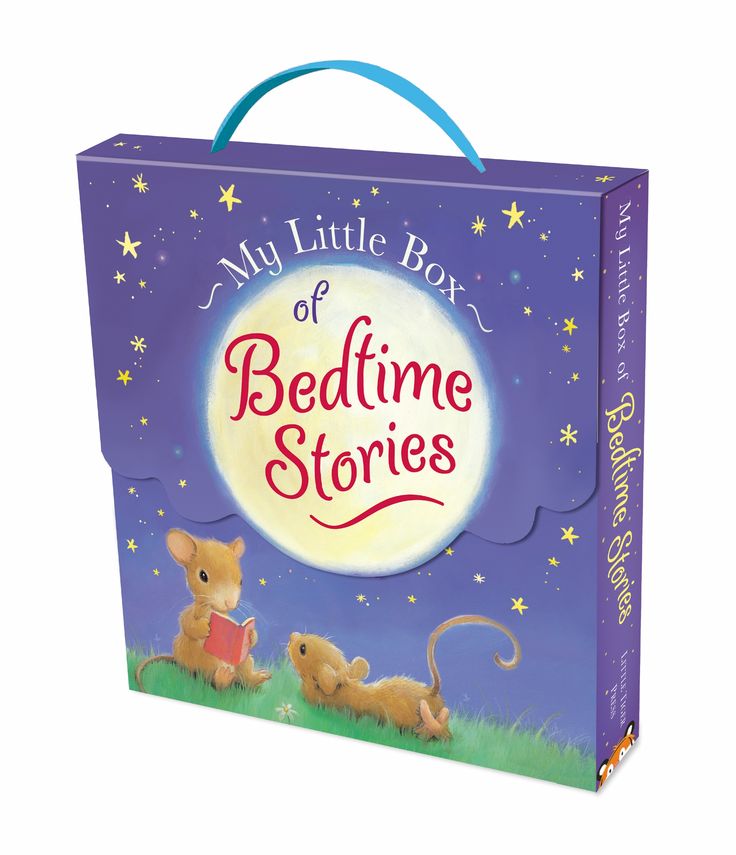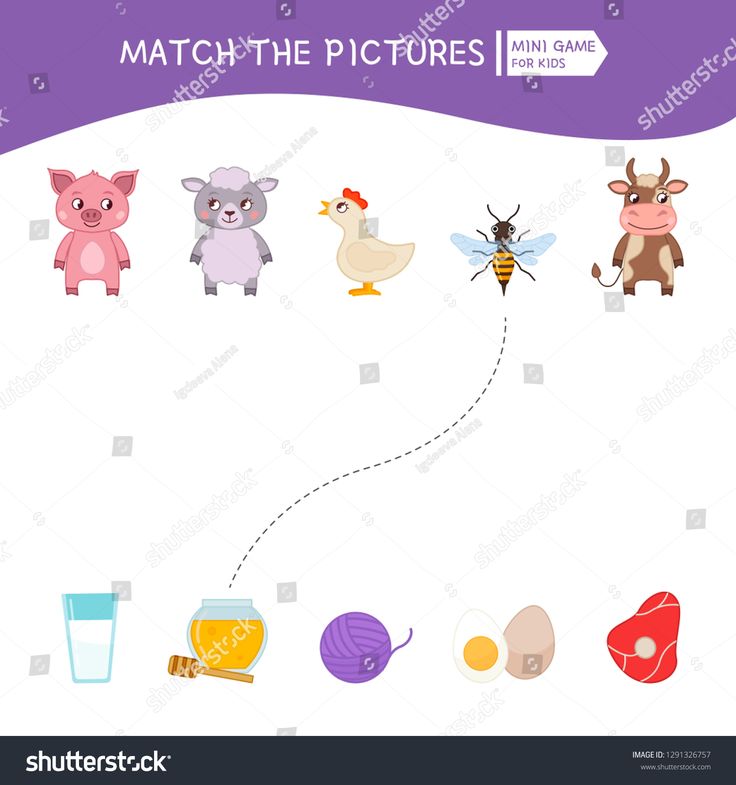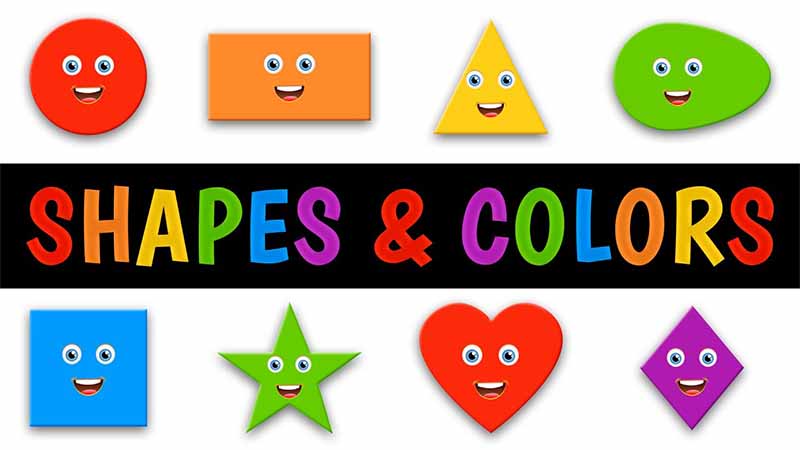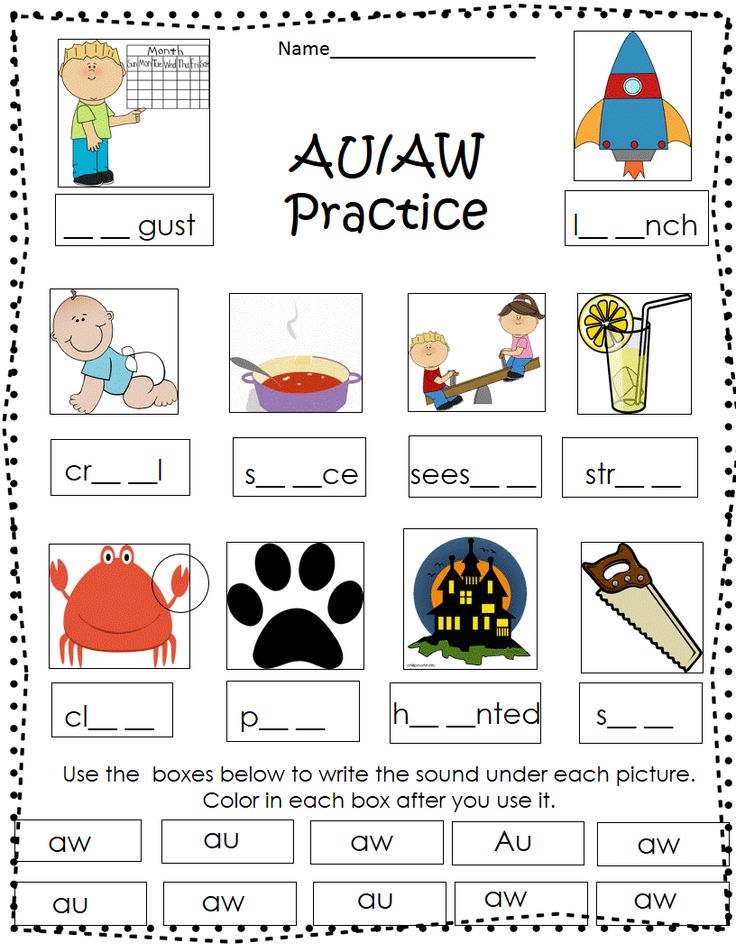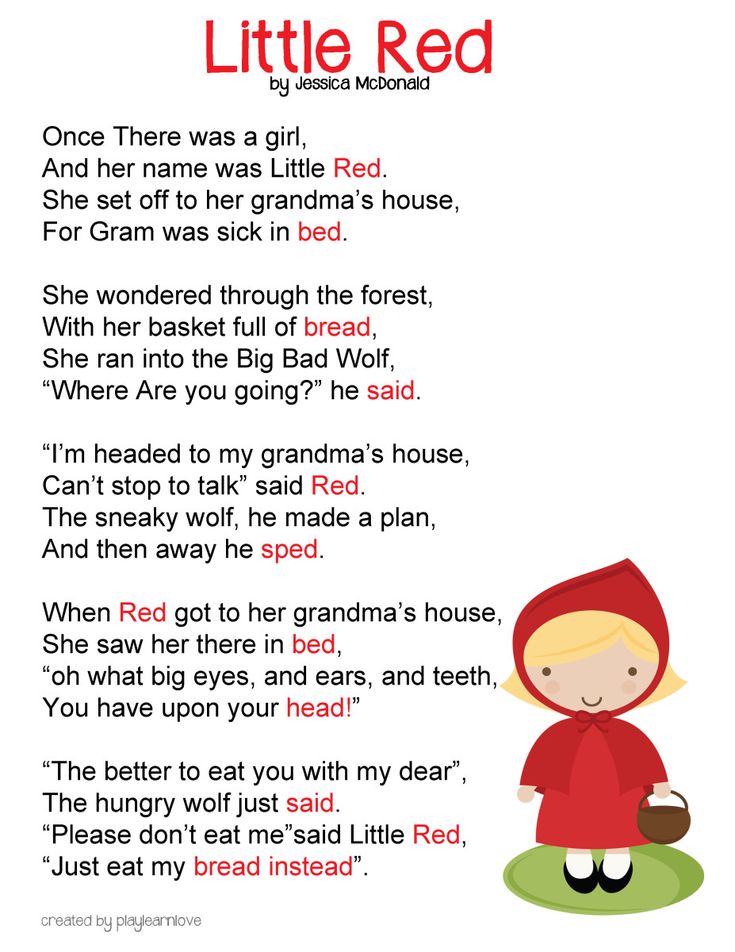Fun letter activities
26 Easy, Fun Alphabet Activities That Give Kids the Practice They Need
Alphabet activities make learning your ABCs more fun. There are so many ways to practice your ABCs, you might be able to do one alphabet activity a day for a year without repeating. We’ve gathered over 25 super fun alphabet activities so kids can play and learn every day.
1. Write letters on dried beans
Large dried white beans are inexpensive to purchase and easy to write on. Grab a sharpie and write all the upper and lower case letters on them. Then put each set in a pile (or baggie) and ask your kids to match them.
2. Letter sort with sticky notes
Write individual letters on sticky notes and then place them all over your house or just on every stair in a staircase. This practice game has a lot of variations—all tied to sorting. Ask kids to sort by:
- lowercase
- uppercase
- letters in their name
- straight lines (H)
- curved lines (c)
- both curved and straight lines (B)
- consonants
- vowels
For even more practice: have them sort their finds into ABC order, match lowercase letters to uppercase letters, and then, find a way to sort them that’s new.
3. Write letters in shaving cream
Squirt shaving cream on a table and let your kids write letters in the cream. Smoothe it out to erase and start again. Bonus: their hands and your table will be cleaner than ever!
ADVERTISEMENT
Source: Rose and Rex
4. Bend letters with pipe cleaners
Pipe cleaners have always been a trusted source of good fine motor practice as well as a fun craft resource. Now use them to have kids create uppercase and lower case letters.
Learn more: make and takes
5. Make sensory ABC bags
This one is great because you can change up what you put in here and even move to sight words. You’ll need a gallon bag with a ziplock top. Add letters written on pieces of paper, magnetic letters, scrabble tiles, or anything else you can think of with letters. Then fill the bag with rice or oatmeal and seal it. Kids dig through the rice through the bag to find the letters.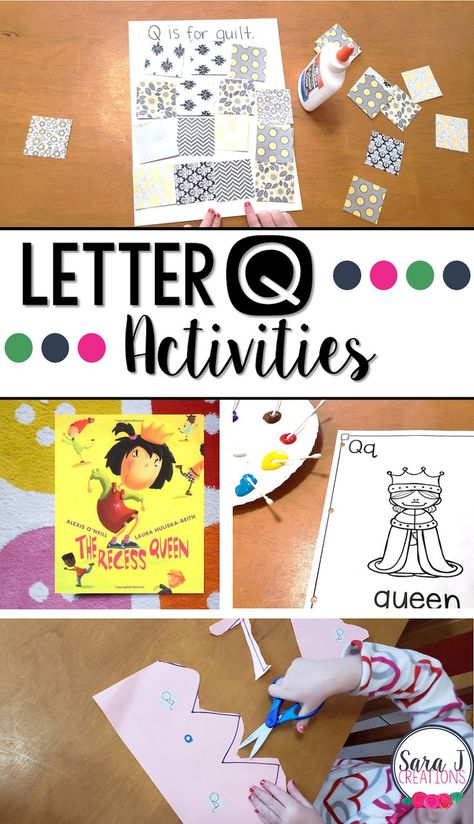 When they find them, they write down the letter they find until they locate all 26 letters of the alphabet.
When they find them, they write down the letter they find until they locate all 26 letters of the alphabet.
For more sensory ideas: Little Bins Little Hands
6. Find invisible letters with watercolors
This is a classic. Using a white crayon, draw letters on a piece of white paper. Give your kids watercolor, let them paint the paper, and watch the letters appear.
Learn more: Gift of Curiosity
7. Play musical alphabet
Set up letters in a big circle on the floor. You can use magnetic letters or just write them on index cards. Put music on and have your child walk around the circle to the music. When the music goes off, your child tells you the closest letter. Expand on it: ask your child to name three things (colors, animals, etc) that start with that letter.
8. Sponge the alphabet
Cut sponges into letters and use them for sponge painting letters or playing in the tub.
Learn more: Learning 4 Kids
9.
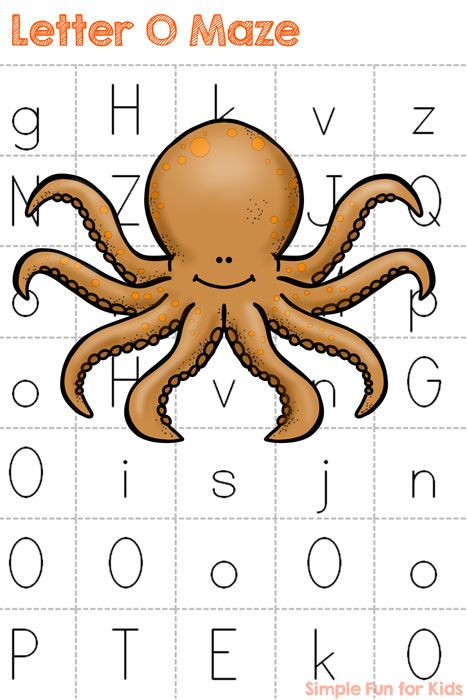 Put together name puzzles
Put together name puzzlesWrite the upper and lower case letters in a name and then cut them apart in a simple zigzag. Mix up the letters and ask a child to match them up and put them in the right order.
10. Make letters from nature
Find the alphabet right outside. Choose natural objects that already look like letters, or arrange them to look like them.
To learn more: Right Brained Mom
11. Eat your ABCs
We know from Alphabet Soup that eating your ABCs is plain old fun. So think of all the ways you can practice the alphabet at mealtime. Pancakes can be made into letters, jello can be cut into letters, and noodles can be used to make letters (just to name a few).
Learn more: Parent Map
12. Go on an alphabet scavenger hunt
The fun part about this for grown-ups is that there is no prep. Tell kids to go find objects that start with each letter of the alphabet. To make this game take longer, designate spots for them to bring each item back—one at a time.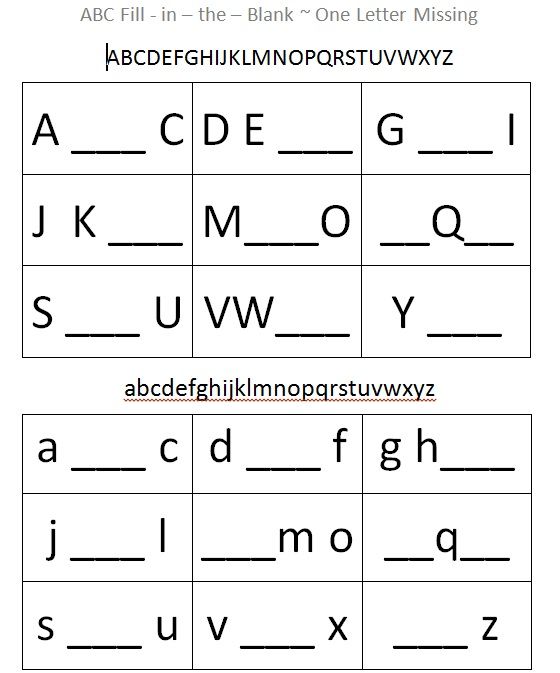 Every item must be approved before they can move on to the next. This allows for fewer meltdowns at the end when an item is deemed inaccurate.
Every item must be approved before they can move on to the next. This allows for fewer meltdowns at the end when an item is deemed inaccurate.
13. Make your own ABC book
Personalizing the ABCs helps kids process and retain their learning. One of our favorite alphabet activities starts by creating a book out of 26 pieces of paper and staples or hole punches and a ribbon. Have kids write an uppercase and lowercase letter on each page. Finally, have them draw or cut out pictures of things that start with each letter. Voila!
Learn more: Teach Mama
14. Create ABC popup books
Use the following tutorial video to learn how to make different kinds of pop up pages. Then, create a page per week for 26 weeks for each letter. At the end, use a glue stick to glue them all together to make an ABC popup book!
15. Stamp letters in playdough
Roll out playdough and push letter stamps right into the dough. This is both tactile and great for practicing ABCs.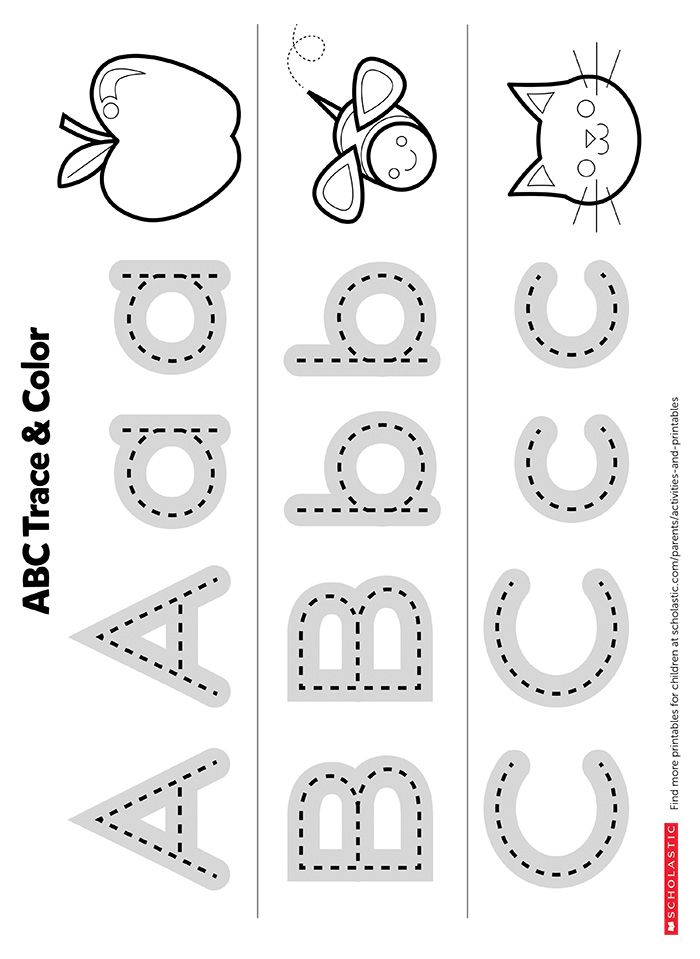
Learn more: I can teach my child
16. Make tactile letter cards
There’s lots of research (and experience) to support the value of using all the senses to learn. Making these tactile alphabet cards will be fun and have lasting benefits.
Learn more: All About Learning
17. Trace letters in spices
This one combines touch, smell, and sight. It gives you an opportunity to talk about what we uses spices for as well. Put the bottle in front of a child and have them write the spice name in the spice to make things a bit more challenging.
Source: Frog in a Pocket
18. Study a letter of the week
Many PreK and Kindergarten classes do a letter of the week, and for good reason. Teachers all share that instant recognition of letters and practice writing them is so important for learning to read. Doing alphabet activities for one letter each week reinforces knowledge and recollection.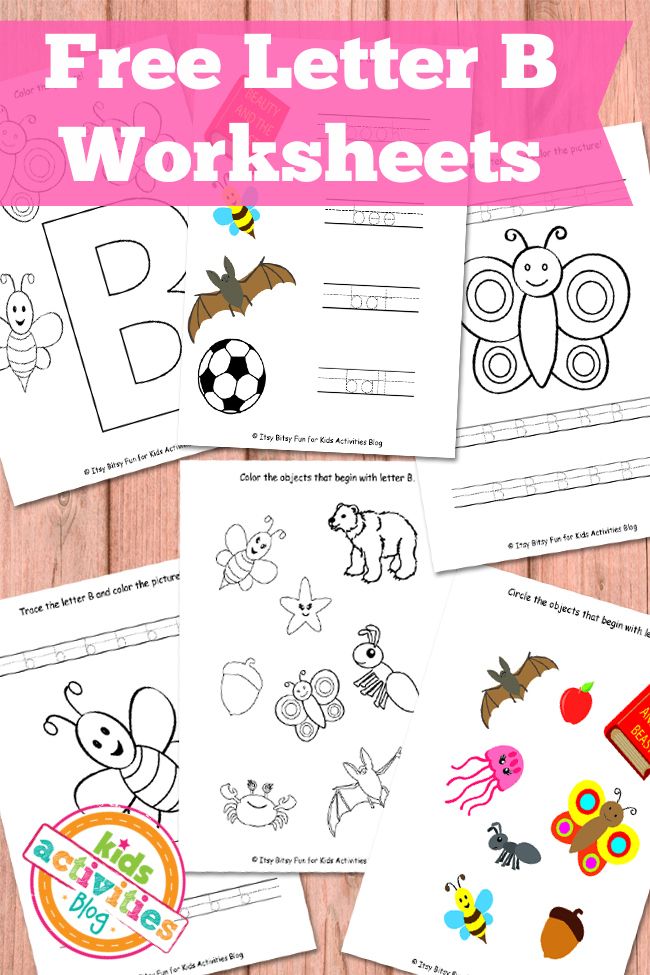
For weekly activities: Preschool Mom
19. Do the yoga alphabet
Show kids this video and take the time to learn each yoga pose. Connecting the mind and the body is great for learning.
20. Sing songs about the alphabet
Everyone loves to sing the alphabet song, but did you know there are lots of other songs to sing that can help you remember the alphabet? Try out this Sesame Street favorite:
21. Draw pictures from letters
Using letters as a starting point, teach kids how to draw. If this is too difficult at first, just write a letter and then draw a picture around the letter.
Learn more: Felt Magnet
22. Highlight letters on a page
Print a page of text or grab your favorite magazine and a highlighter. Ask kids to highlight as many of one letter as they can find. This is also great for sight word recognition.
Here’s a freebie from The Inspired Apple to get you started.
23.
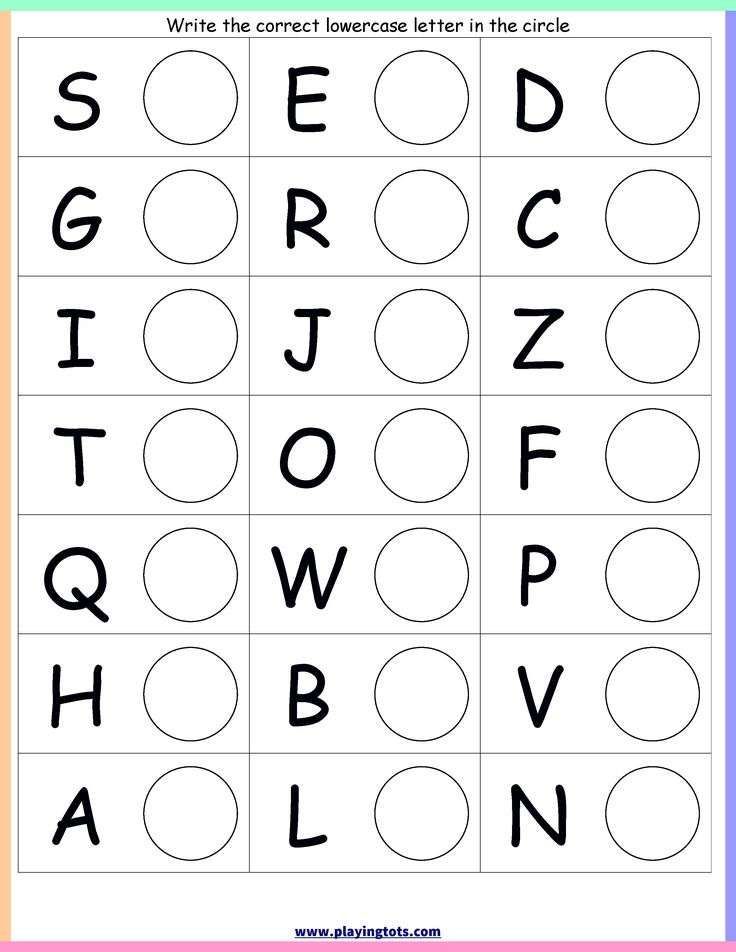 Do-A-Dot letter tracing
Do-A-Dot letter tracingThese dot markers make tracing letters more fun and help kids with directionality and remembering how to write and recognize letters.
Free Dot tracing sheets: DTLK’s Educational Activities for Kids
24. Play letter slap
Make 2 sets of index cards with all the letters on them (52 cards in all). Shuffle the cards together and deal them so each kid holds 26 cards. Together each player takes their top card and turns it upright. The player with the letter closest to A wins the hand and takes the card. If two of the same letter are played, the players slap the card. The one on the bottom of the slip wins the hand. The game ends when one player holds all the cards.
25. Match plastic Easter egg letters
Surely you have some plastic Easter eggs hanging around your attic. Use a Sharpie or letter stickers to put an uppercase letter on one half and a lowercase letter on the other. Then separate the two and throw them all in a basket.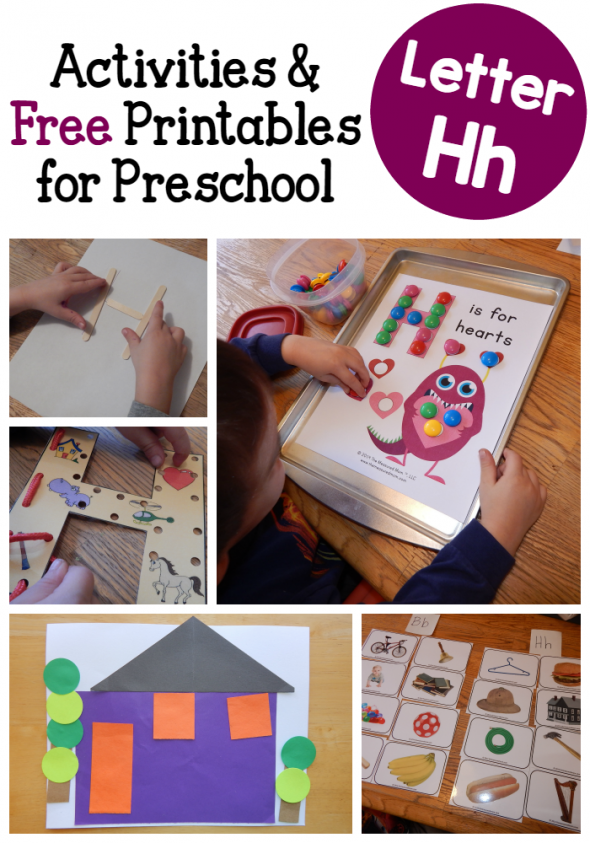 Kids pull them out and match them up. Tip: Add difficulty by not coordinating the colors.
Kids pull them out and match them up. Tip: Add difficulty by not coordinating the colors.
Learn more: Crystal and Co.
26. Create loose part letters
What are loose parts? Loose parts are exactly what they sound like—a collection of loose materials or objects. These can be small pebbles, bottle caps, random LEGO bricks, seeds, keys, anything. Draw big letters on a piece of paper and have kids line up loose parts to make the letter.
Recognizing letters is a fundamental part of learning how to read. Without it, children struggle to learn letter sounds and identify words. Beginning readers who know their alphabet have a much easier time learning to read. Making alphabet practice a part of every day in fun ways helps create a lifelong love for letters and words.
What games and activities do you like to use for practicing the alphabet?
Plus, our favorite activities using alphabet beads and the best alphabet books.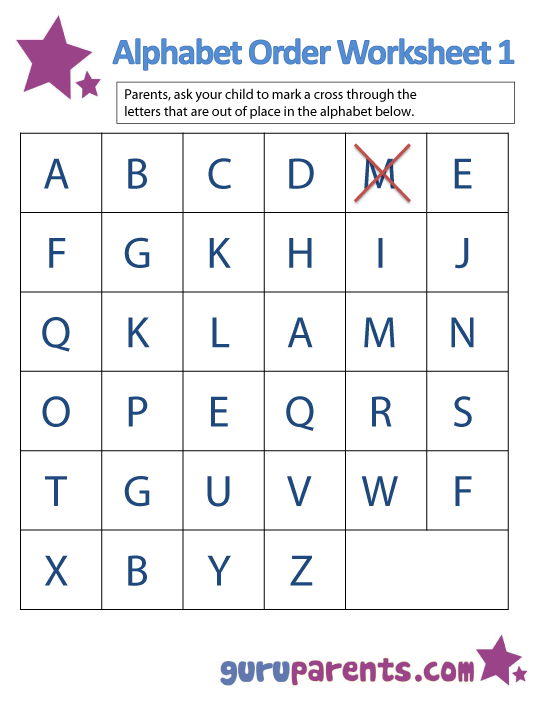
100+ Alphabet Activities that Kids Love
This is a list of the best preschool alphabet activities we've done! They are all fun, hands-on ways to teach the alphabet and letter sounds!
My son enjoyed all of these fun, active and hands-on letter learning activities.
Alphabet Activities for Kids
I love that there are an infinite amount of ways to teach the alphabet to preschoolers and kindergarteners.
There are alphabet games, fine motor activities like play dough mats, clip cards, crafts and so many other fun, hands-on ways to teach the alphabet.
Forget the flashcards and try some of this engaging alphabet activities instead!
Alphabet Skills
This list covers a variety of alphabet learning skills such as:
- letter identification
- letter sounds
- uppercase and lowercase matching
- beginning sounds isolation
- letter formation
We are always adding more alphabet and letter sounds printables and activities to our site, so stay tuned for even more alphabet activities that will engage your kids and make learning and teaching the alphabet fun!
You may also like this alphabet activities printable bundle.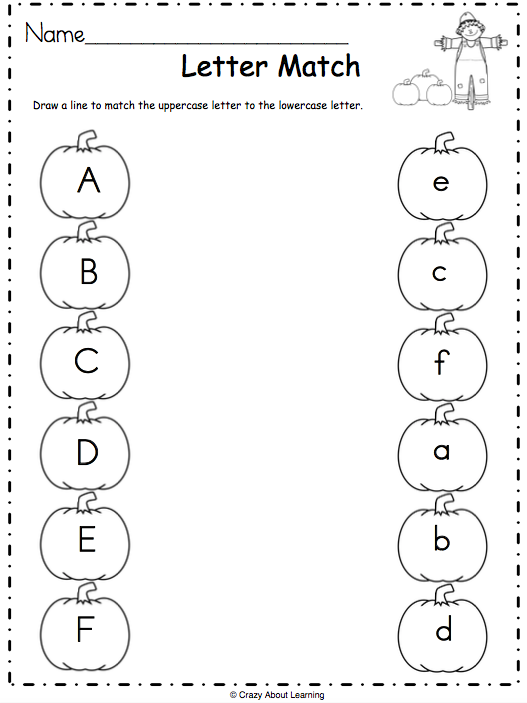 It is jam-packed with engaging ways to teach the alphabet to your students!
It is jam-packed with engaging ways to teach the alphabet to your students!
Get the Alphabet Activities Printable Bundle
These alphabet printables and activities are perfect for preschool and kindergarten students. They cover letter recognition, letter sounds, uppercase and lowercase matching, beginning sounds isolation and more!
With over 300 pages of printable alphabet activities, this printable pack is sure to keep the kids engaged!
Click the button below to head over to the purchase page.
Keep scrolling to find our big list of free alphabet and letter sounds printables!
Alphabet Activities for Kids and Preschoolers
Since I have so many preschool alphabet activities on my blog and I am going to be adding even more, I made this page to keep all the posts together and easy to access for my readers.
I will continue to add my new activities to this page, so you can always come back and find them here.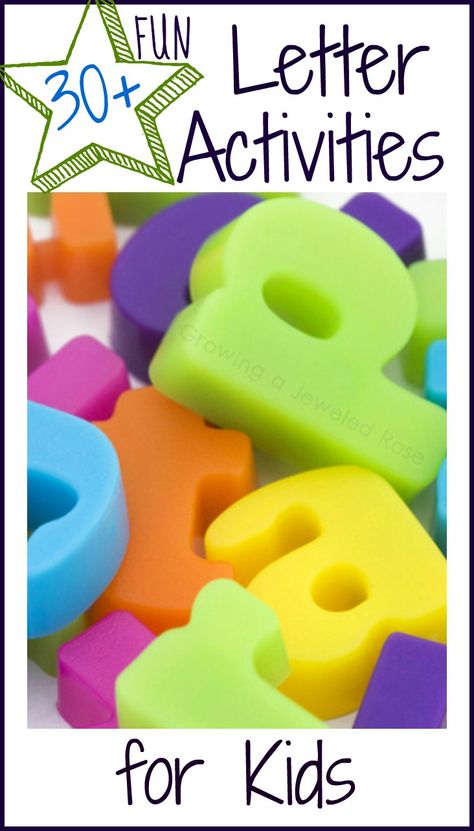
I hope this will be a huge resource for you! Make sure you pin or bookmark this page, so you can revisit as needed and see everything new that I've added.
Don't forget to check out my alphabet Pinterest board. I pin all kinds of fantastic, hands-on ideas there. I also have tons of preschool learning activities of all kinds on my activities for preschoolers board.
Even more awesome ways for kids to learn the alphabet.
Check out the alphabet activities category on Pinterest. There are thousands of activities! Or check out this Pinterest board with tons of engaging ways to teach the alphabet.
I just love this post with 50+ incredible activities for teaching the alphabet.
These 25 alphabet games and activities are so much fun!
Here's a big list of hands-on ways for kids to learn the alphabet. So many genius ways to teach the alphabet here!
Looking for alphabet printables? Check out this post to find some, along with a bunch of other hands-on activities.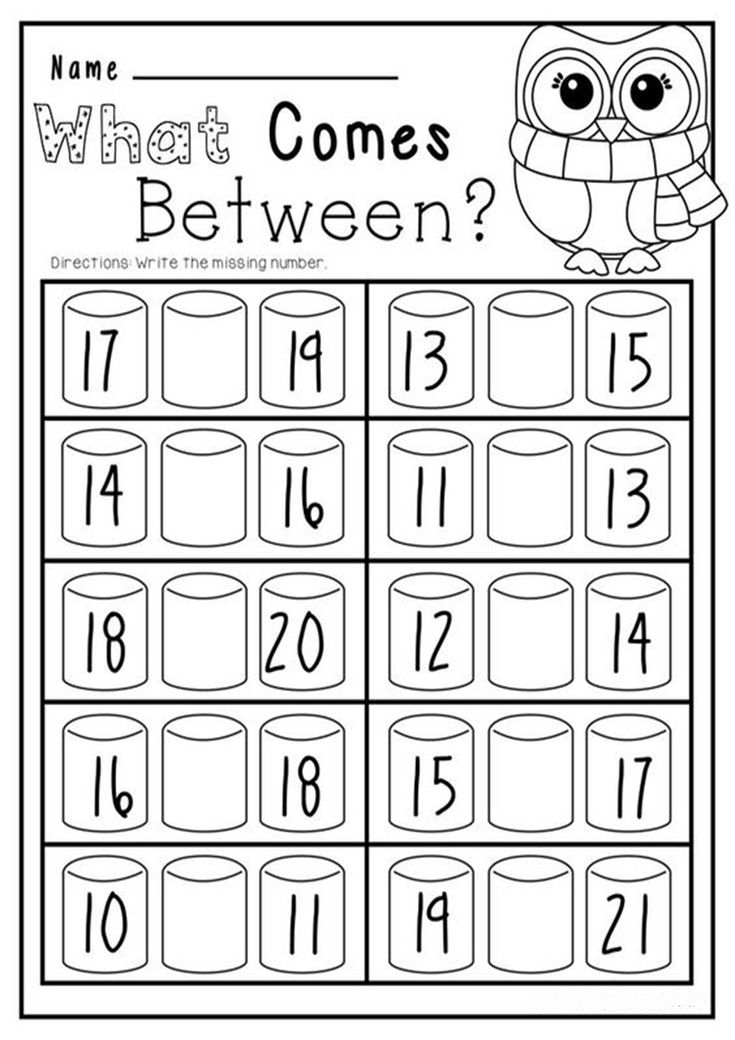
game for children 5-6 years old. Send a letter, learn to write 0 Comments 5-6 years old, free games, for children 5-6 years old, a game for the whole family
The Mail game is great fun for preschool and primary school children. Usually no one refuses this fun. And parents can take a moment and teach the child to write short words and phrases. Scarier children can be given assignments and taught them how to write letters correctly. It's nice to express your thoughts on paper. nine0011
Also, if there are two children in the family, you can find something for them to do all evening or on a boring rainy day. Show them how to play and mind your own business. My sister and I always played Post Office when we had free time. Sometimes, it happened when we quarreled, and we didn’t really want to talk, but we needed to express our indignation or resentment, we started playing “Mail”. Here you can write on paper what you were dissatisfied with or why you suddenly pouted.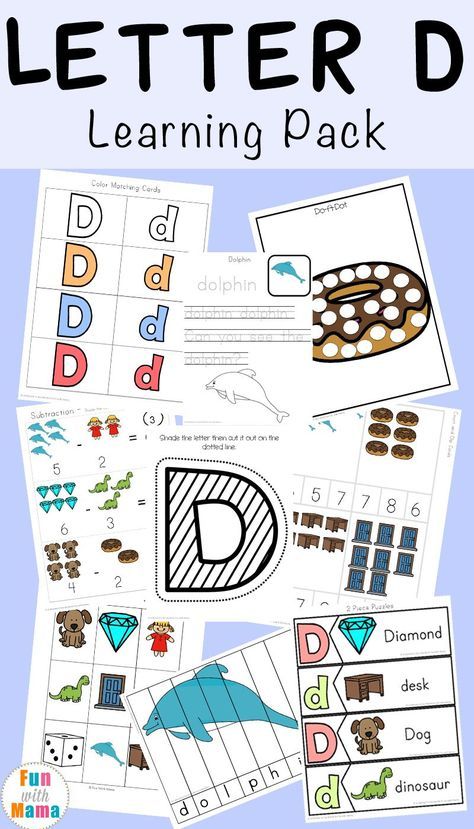 After such correspondence, we usually reconciled very quickly. nine0011
After such correspondence, we usually reconciled very quickly. nine0011
"Mail" can become a favorite activity for older children or even adults. And if the word game "There is contact" does not suit you, then try to become both a writer and a postman at the same time.
How to start sending letters by "Post"
To play you will need:
- two chairs with backs;
- strong thread or thin clothesline;
- identical rectangles of white or multi-colored paper;
- two ballpoint pens. nine0024
Set the chairs facing each other with their backs forward. We put one chair at one end of the room, and the other at the other. The seat of the chair will also be a table on which you can write. Therefore, if possible, take two small benches to sit on. But usually my sister and I sat either on the floor or on the edge of a sofa or chair. Between the backs of the chairs you need to stretch a thin rope, thread or twine. Do this in such a way that the rope moves freely in a circle.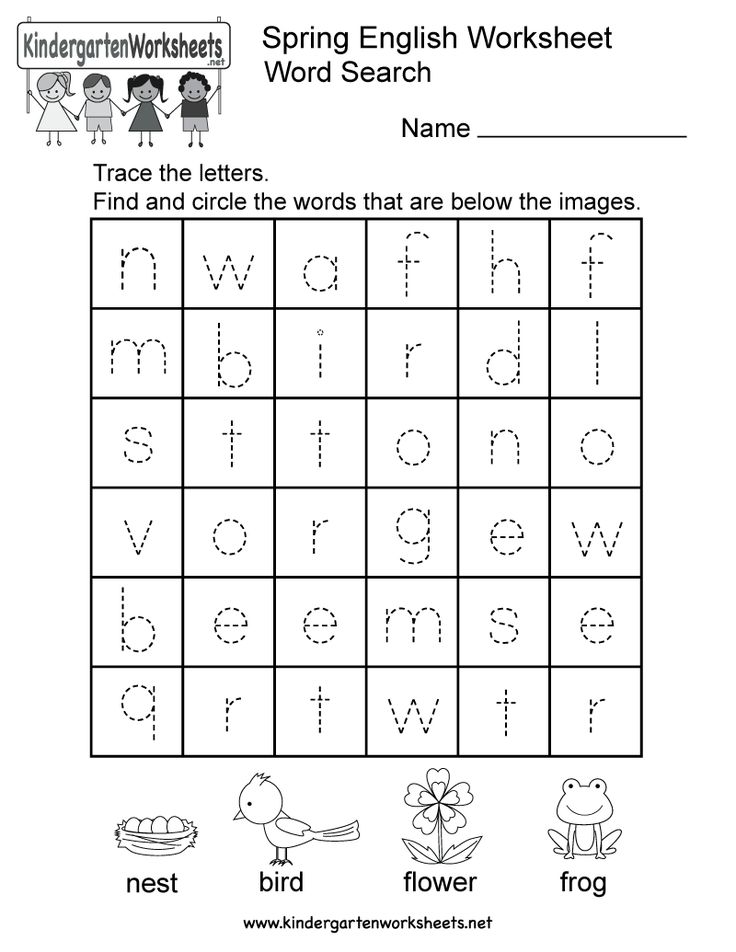 nine0011
nine0011
Now write the first letter on the paper rectangle. Fold the paper in half and hang it on a piece of string with the fold up. Now pull on the other part of the string so that the letter is sent to the other end of the room to your addressee. To prevent the note from falling, you can attach it with a small clothespin.
When the letter reaches your interlocutor, he removes it, reads it, and sends you a reply. This is how correspondence happens.
Variant of the game "Mail", when there are several recipients
If there are more than two children, or if you want to play with the whole family, place more chairs in the room. Correspondence can be carried out in a circle, sending letters to two or three interlocutors at once. You can use leaflets of different colors to always know who exactly the letter came from. For example, a daughter has blue ones, a son has red ones, a dad has green ones, etc.
Door handles, table legs, radiators can be used instead of chairs. The main thing is to connect two players with one communication channel, consisting of a connected thread. nine0011
The main thing is to connect two players with one communication channel, consisting of a connected thread. nine0011
Other interesting games:
Children's game "Feather" for children 5-6 years old
Game "I'm in the house!" or "It's raining" - what to do with children on holidays, in kindergarten, camp
Children's game Colors for a big company. Rules and variants of the game
Two games for girls Cinderella and Shoe for Cinderella
Outdoor game with a ball "Invalid" or "Cripple of the 21st century": rules and variants
Quest games with search for objects for holidays for free
Game "Broken phone" - goal and rules: entertainment for a large company
Game "Ring-ring, go out on the porch": rules, options, methods
Game "I know ten names of girls" for children 5-6 years old
Scenario for a children's holiday: a spring birthday quest
Funny memos in the Russian language
We present to your attention funny memos in the Russian language for 15 spelling, orthoepy and grammar rules.
Literate speech, both oral and written, immediately betrays an educated and well-read person. Everyone dreams of speaking and writing without mistakes! Of course, only the owner of rare encyclopedic knowledge can achieve a 100% result. However, making your speech cleaner, not cutting your ear is an easy task: and you should start by avoiding at least the most common mistakes in it.
In this article, prepared specifically for the Day of the Russian Language, we tried to put together a few "popular" difficult cases, which are often stumbled not only by children, but also by quite serious adults - in television programs, films, and the media. And in order to remember the rules even a kid could do, we decided to put them in a poetic form. nine0011
| 1. Particle NOT with verbs is written separately. NOT - the verb is not a friend, (E. Intyakova) | |
| 2. HE and NI particles Oh, how similar NOT and NOR! | |
| 3. -TSYA/-TSYA in verbs In a winter evening, starry, quiet (E. Intyakova) | |
| 4. The stress in the personal forms of the verb "call" falls on the sound I. My Dunno Neighbor Moans, (I. | |
| 5. Put on (what?) clothes; dress (whom?) Nadezhda Nadia girl WEAR I began to dress the doll, (E. Intyakova) | |
| 6. Come - I will come - I can't come to you (E. Intyakova) nine0098 | |
| 7. The verb "to go" in the imperative mood Green light, | |
| 8. No food, no lie, (E. Intyakova) | |
| 9. Will I win or will I run? The verb "to win" in the future tense has only a complex form (to win, to become a winner). “How can I go to a competition, how can I run everyone there! (E. Intyakova) | |
|
To read this to me, The same as Masha, I'll write in a notebook, Also I will go to the market, (E. Intyakova) | |
| 11. Half words (half a room, half a world, half a watermelon, half a lemon, half a Moscow) Now it became clear to us, Before "L" and before a vowel, (I. Aseeva) | |
| 12. Plural genitive of nouns "socks", "stockings", "boots", "shoes" "Stockings" and "socks" obey a simple rule: the shorter, the longer. nine0074 Short socks - long word: socks (6 letters)Long stockings - short word: stocking (5 letters) And about "shoes" and "boots" we invite you to remember a funny quatrain: One pair of fashion shoes (E. Intyakova) At the same time, you can learn the spelling of the single letter H in the word "leather" (the same is true for other adjectives with the AN/YAN suffix). Exceptions are easy to remember by looking at the usual window : wood, glass, pewter. | |
| 13. O or Yo? In stressed suffixes of nouns -ONK-, -ONOK- (girl, skirt, galchonok, teddy bear) the letter O is written. A bear cub was walking through the forest, (E. Intyakova) | |
| 14. Cakes - Shorts: the stress in all forms of both words falls on the first syllable. Long ate cakes – |

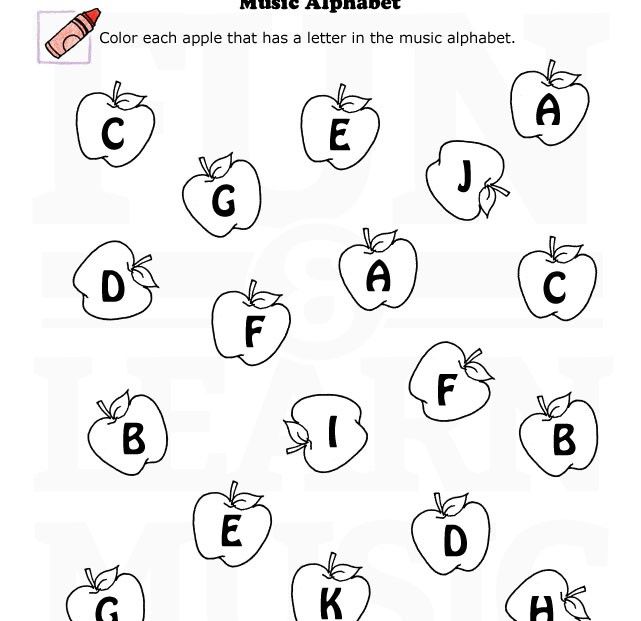
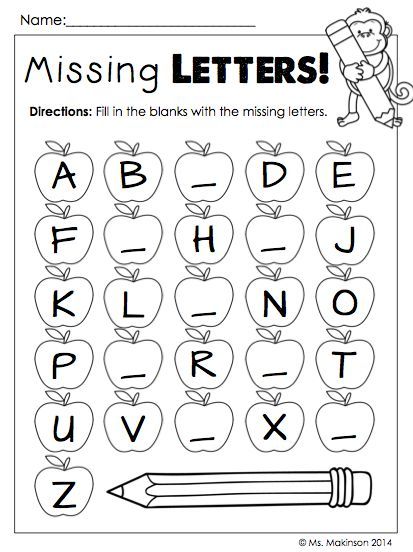 Ageeva)
Ageeva) 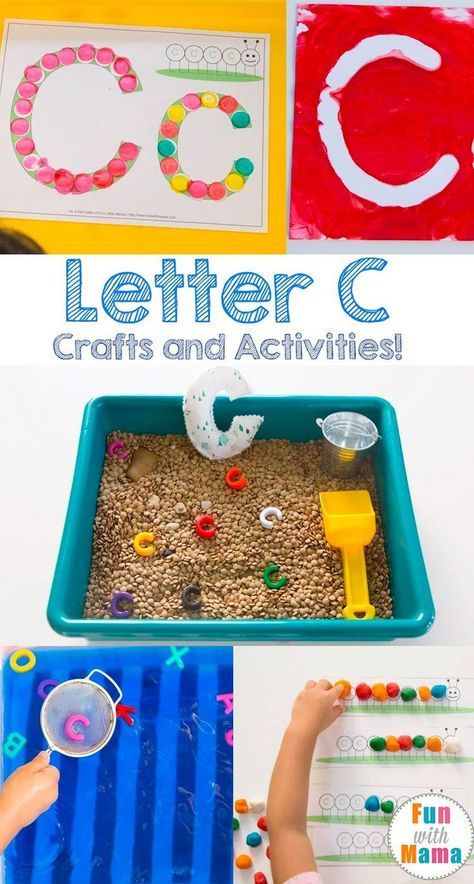 The verb “put” is used without prefixes, and “(on) lay down” - only with prefixes.
The verb “put” is used without prefixes, and “(on) lay down” - only with prefixes. 